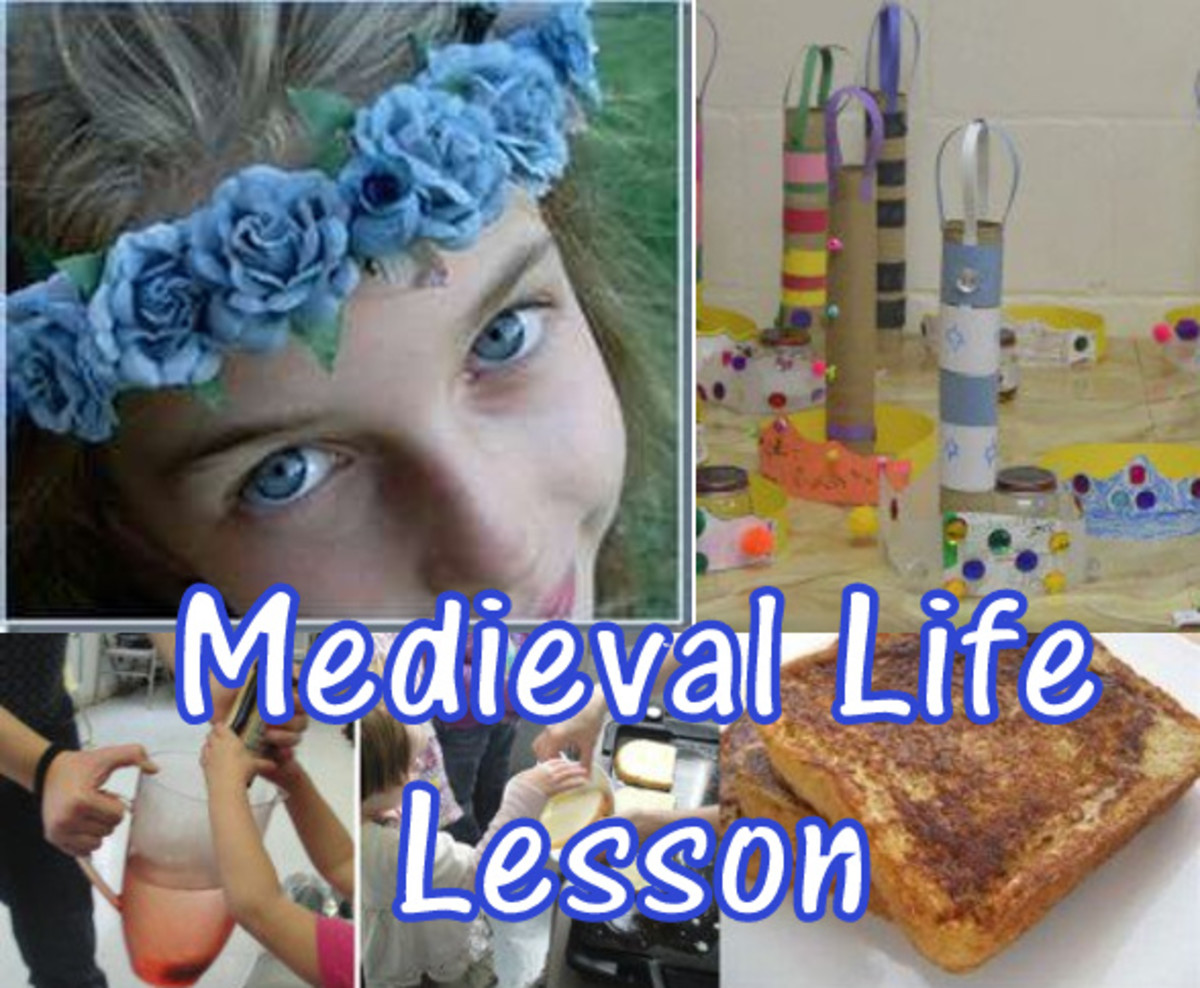School: Specifically Designed to Cultivate the Shared Process of Teaching and Learning
Teaching and learning is a shared process, by which students and teachers engage with one another to acquire and share knowledge and experiences, which in turn provokes growth and change. While teaching can happen without learning occurring, and learning can occur without teaching, school is an environment designed specifically to cultivate this shared process: teachers teach and students learn. At least that is what we hope will happen.
This process is a give and take relationship between individuals, each with different cultures, values, past experiences, learning styles, and personalities (Levy, 2008; Pham, 2008; Tomlinson & Imbeau, 2012). All of these things have an impact on how one teaches and how one learns. Consonance between teachers and students usually results in a pleasant and productive learning environment, while dissonance can result in the opposite (Smith, 2002; Vermunt & Vermetten, 2004).

Learning Style
Lets examine learning style. Learning style is the way “individuals perceive, organize and recall information in their environment” (Swanson, 1995, p. 2). Just as our personalities are different the way one learns is also different (Levy, 2008). Our inclination towards one learning style over another indicates the way our brain prefers to receive and process information (Felder & Brent, 2005; Silver, Strong & Perini, 1997).
While there may be some debate over whether there is valid and reliable research to support the learning style theories (Felder & Brent, 2005; Pham, 2012), there is, however, significant neurological research to support the relationship between brain functions and educational practice (Glatthorn, Boschee, Whtehead & Boschee, 2012), which is why I believe the awareness and use of learning style theories is important in the teaching-learning process.
Teaching to One Style
Many believe that teaching to a student’s specific learning style is the way to go (Hawk & Shaw, 2007; Muse, 2001). I would have to disagree. I believe that teachers need to make an intentional effort to present their lessons and evaluate students using a variety of instructional strategies that effectively address all the learning styles in the class (Felder & Brent, 2005; Hawk & Shah, 2007; Pham, 2008; Schever, 1999). Not only will this reach each student’s preference, it will also give students the opportunity to develop their non-dominant learning styles, which are necessary for life.
A teacher who gravitates to one style (often their own) is doing a disservice to her students. If some students are constantly receiving information via a route their brain doesn’t prefer, it will take more work to process and can result in less effective learning and often frustrated students and teachers (Jensen, 2005). Not only will the teacher impede the learning process of the students whose learning style doesn’t align with the teacher’s, but she also won’t be offering much variety (Hall, Strangman & Meyer, 2003).
While using a variety of learning strategies in class is most effective, understanding how a particular child learns best and applying correlative learning strategies can significantly help a student understand a new concept that they are struggling with (Gardner, 1998). If teachers don’t take the time to understand how their students learn, teachers may not be able to effectively help a struggling student.
By varying teaching practices to address every learning style the teacher will deliver information to every student in the way their brains prefer (Tomlinson &Imbeau, 2012). Additionally, students will have the opportunity to practice exercising their brain in areas that they may ordinarily avoid. This variety, and a bit of time dedicated to educating students about learning styles, will help students to
better understand how they learn best, which can help them study better as well as gain a life-long love of learning (Smith, 2002).
References
Felder, R. M., & Brent, R. (2005). Understanding student differences. Journal of Engineering Education, 94(4), 57-72.
Gardner, H. (1998). A multiplicity of intelligences. Scientific American Presents: Exploring Intelligence, 9(4), 18-23.
Glatthorn, A. A., Boschee, F., Whitehead, B. M., & Boschee, B. F. (2012). Curriculum leadership: Strategies for development and implementation(3rd ed.). Los Angeles: Sage.
Gregory, G. H., & Chapman, C. (2007). Differentiated instructional strategies: One size doesn’t fit all (2nd Ed.). Thousand Oaks, CA: Corwin Press.
Hall, T., Strangman, N., & Meyer, A. (2003). Differentiated instruction and implications for UDL implementation. (Report No. NS.9-23-03.DI.7). Wakefield, MA: National Center on Accessing the General Curriculum. Retrieved from http://aim.cast.org/learn/historyarchive/backgroundpapers
Hawk, T. F., & Shah, A. J. (2007). Using learning style instruments to enhance student learning. Decision Sciences Journal of Innovative Education, 5(1), 1-19.
Jensen, E. (2005). Teaching with the brain in mind (2nd ed.). Alexandria, VA: ASCD.
Levy, H. M. (2008). Meeting the needs of all students through differentiated instruction: Helping every child reach and exceed standards. Clearing House, 81(4), 161-164.
Muse, F. M. (2001). A look at teaching to learning styles: Is it really worth the effort? Journal of Correctional Education, 52(1), 5-9.
Pham, H. L. (2012). Differentiated instruction and the need to integrate teaching and practice. Journal Of College Teaching & Learning, 9(1), 13-20.
Scherer, M. (1999). The understanding pathway: A conversation with Howard Gardner. Educational Leadership 57(3).
Silver H., Strong, R., Perini, M. (1997). Integrating learning styles and multiple intelligences. Educational Leadership, 55(1), 22-27.
Smith, J. (2002). Learning styles: Fashion fad or lever for change? The application of learning style theory to inclusive curriculum delivery. Innovations in Education and Teaching International, 39(1), 63-70.
Swanson, L. J. (1995). Learning styles: A review of the literature. The Claremont Graduate School.
Tomlinson, C. A., & Imbeau, M. B. (2012). Common sticking points: About differentiation. School Administrator, 69(5), 19-22.
Vermunt, J. D. & Vermetten, Y. J. (2004). Patterns in student learning: Relationships between learning strategies, conceptions of learning, and learning orientations. Educational Psychology Review, 16(4), 359-384.








